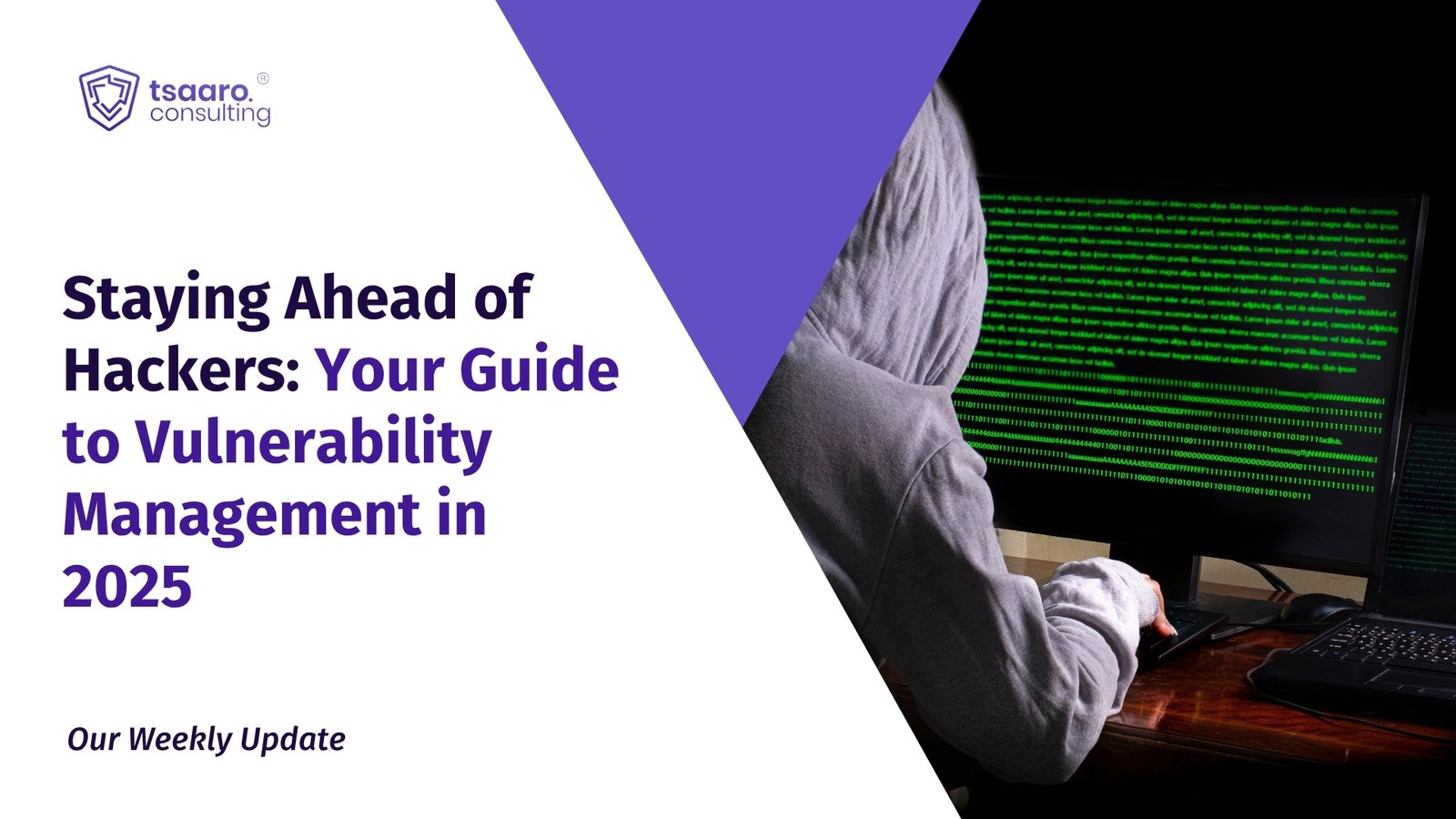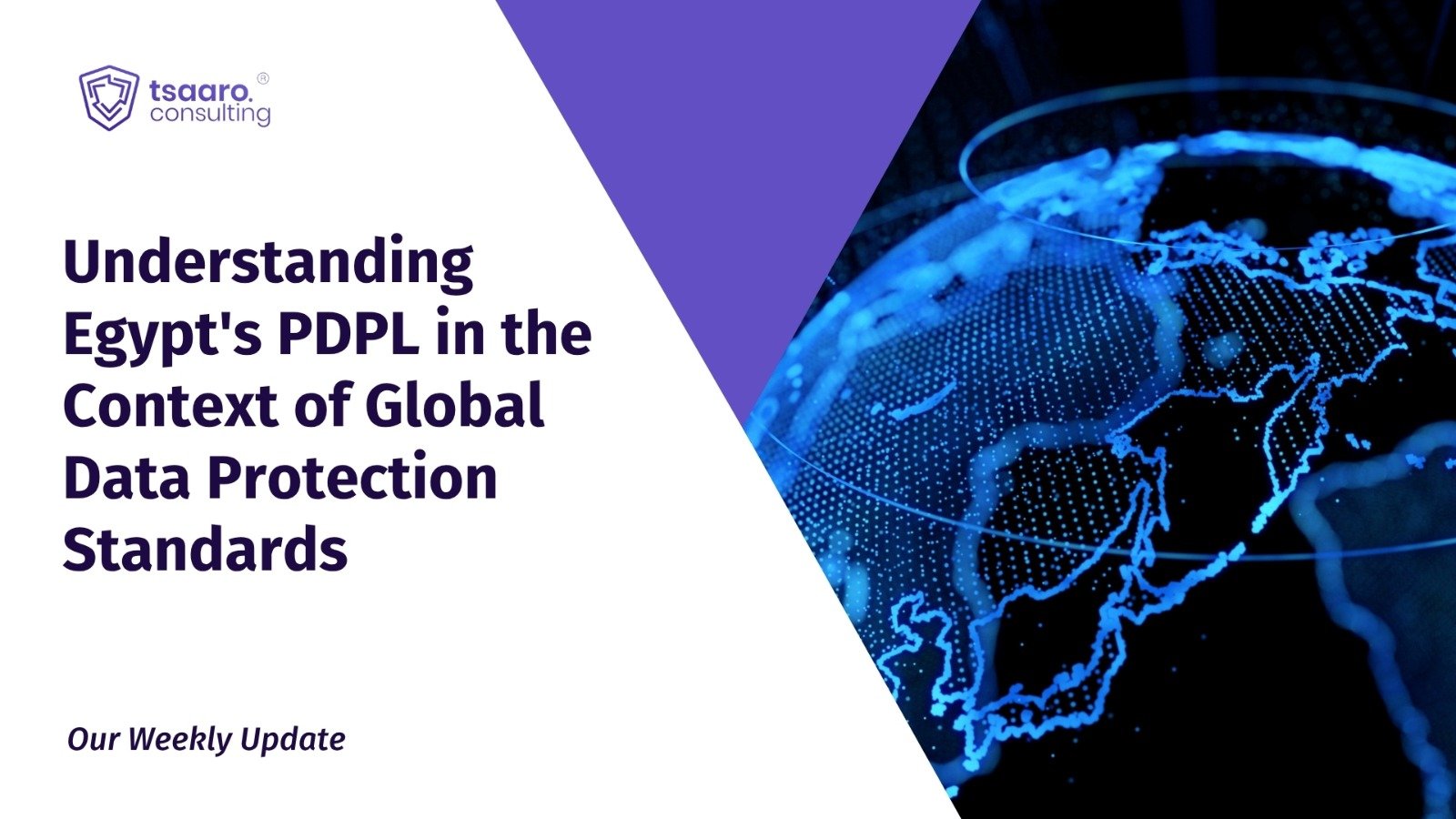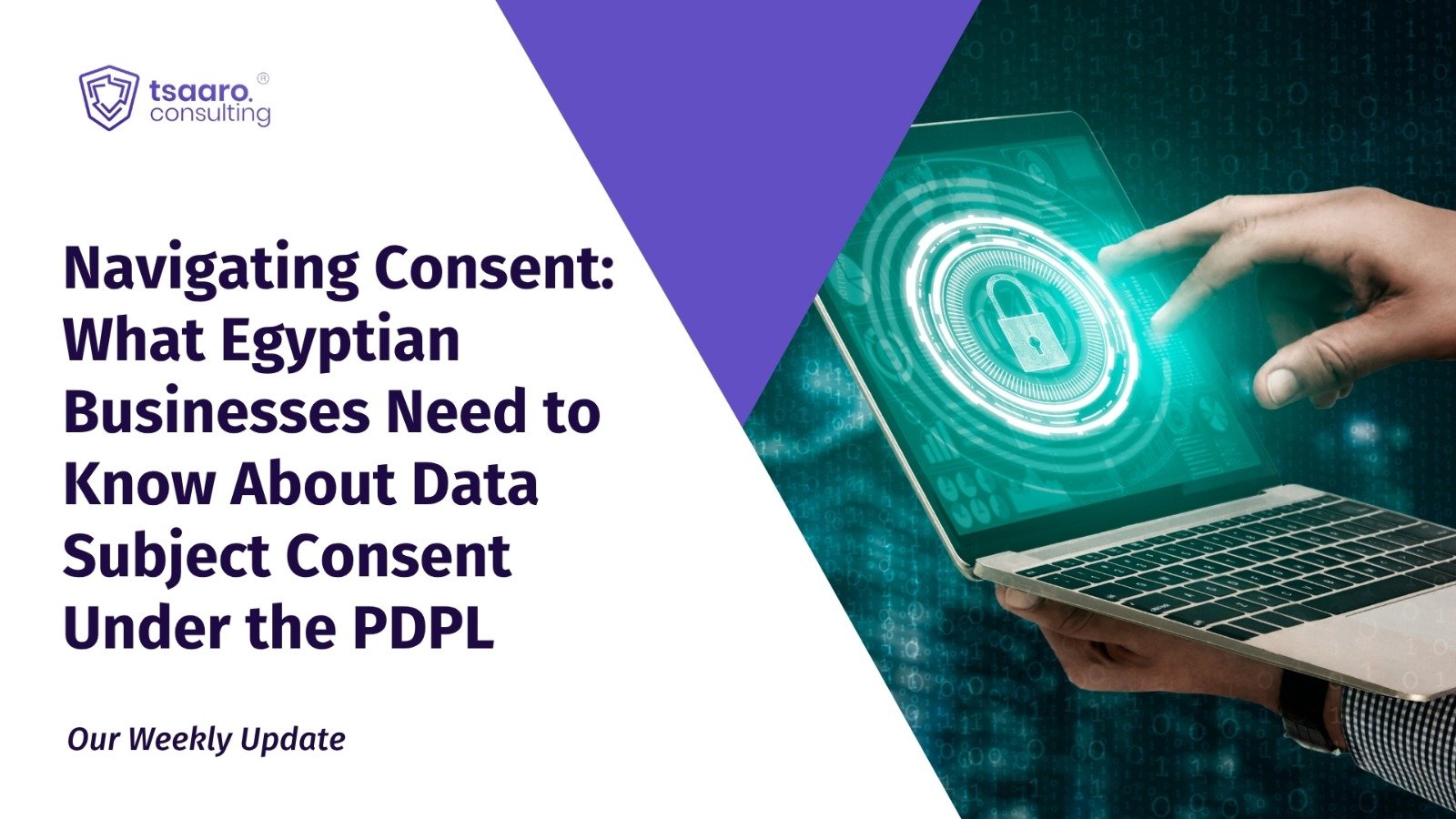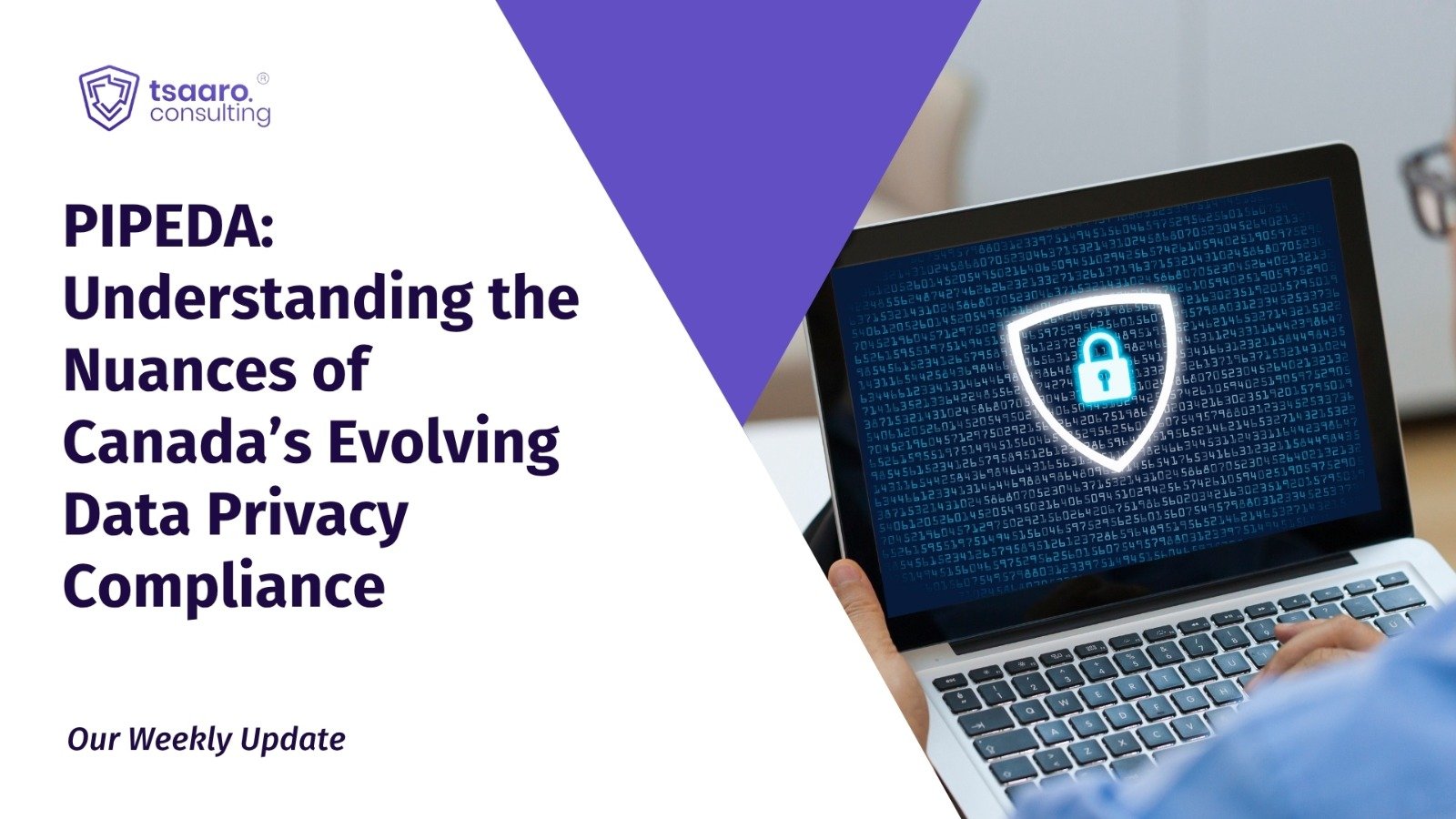Ever since the landmark Puttaswamy judgment, state surveillance and citizens’ right to privacy have been at the forefront of national discourse. However, we must realize that both notions are integral to maintaining law and order in society. This paper analyzes the evolution of privacy as a right through case-by-case developments, delves into the scope and legality of surveillance in India, determines the underlying legislative lacuna, and suggest measures to ensure their co-existence in the modern state of affairs, such that the tussle between the right to privacy and the right to surveillance is anatomized.
Within the contemporary Indian context, there exists a broad discourse regarding the degree of surveillance permissible by the government and the extent of an individual’s right to privacy. When observing this colloquy from a bird’s eye view, we can come to a general conclusion that there is an intrinsic overlap of concepts, i.e., the Constitution of India under Article 21, recognizes privacy as a fundamental “right to be left alone” to safeguard the privacy of one’s personal correspondence, motherhood, family and private life, etc. whilst during surveillance the government encroaches upon this right by spying, phone tapping, intercepting communication, search and seizure, etc. The wording of Article 21 facilitates the legislative lacuna which appears between surveillance and the right to privacy; “No person shall be deprived of his life or personal liberty except according to the procedure established by law.” Through the interpretations of various precedents, the article’s substance lays down reasonable restrictions. Legal provisions like the Indian Telegraph Act, 1885, Information Technology Act, 2000, The Code of Criminal Procedure, 1973, etc., stimulate government surveillance through these restrictions. The following sections shall address the thin line of difference between the encroachment of privacy and surveillance to indicate the need for the co-existence of both notions.
The Interpretation and Evolution of The Right to Privacy:
To draw the thin line of co-existence and highlight the legislative lacuna, we must understand the evolution of privacy and its interpretation as a fundamental right. The ancient jurisprudence interpreted privacy with recognition of public and private space and primarily dealt with privacy within the threshold of the house’s four walls. One of the earliest pieces of literature on the right to privacy is the Warren and Brandeis contentions that define ‘privacy’ and its potential growth as a right. It highlighted the evolution of privacy from being solely the protection of life and property (against trespassers) to the protection of life through integrating social constructs like public morality, interests, etc. Warren and Brandeis used the Prince Albert v Strange case to assert the ground of privacy as a medium to prevent publication. They defined a breach of privacy as an intrusion upon one’s private affairs, misappropriation of a name, and unwarranted publicity. Throughout their report, they emphasized privacy to be the “Right to be left alone,” as they believed that with the explosion of civilization and advancement of society, there were reforms in the social realm concerning norms, cultures, lifestyles, etc., which necessitated ‘solidarity.’
In the Indian context, the first known case or mention of ‘privacy’ in a court proceeding was in the case of M.P Sharma v. Satish Chandra (1954), where the issue regarding the power of search and seizure was in question against Article 19 (1)(f), i.e., the Right to Property (now repealed). It was contended that such a search was against the right to privacy of an individual enjoying his property right. However, due to the lack of precedence, the court believed that an analogy could not be drawn between the American Constitution and the Indian Constitution, thereby denying the existence of the right to privacy in India. However, this point of view was changed in Kharak Singh v. State of U.P & Ors. (1962), which dealt with the legality of the ‘U.P Police Regulations’ which empowered the police to carry out domiciliary visits after sundown, spying, and inquiry into the movements of individuals charged with an offence but acquitted, secret picketing, etc. This regulation was challenged under Article 19 (1)(d), which is the freedom to move within the territorial boundaries of India and the right to privacy under Article 21 of the Indian Constitution. Despite the majority opinion dissenting on the breach of privacy, it was held that domiciliary visits after sunset are against the common law right to enjoy one’s personal liberty in one’s home. However, the primary significance of this case lies in the minority opinion spearheaded by Justice Subba Rao, who advocated for the peripheral integration of privacy as a fundamental right. From peripheral integration to complete integration, there have been many cases, and these decades of interpretation led to Justice K.S. Puttaswamy (Retd.) v. Union of India (2018), which overturned previous judgments and unanimously held privacy as a fundamental right and integral segment of Article 21. The key contention, in this case, was the ‘Aadhar card scheme’ initiated by the central government, which sought to collect biometric data from citizens to facilitate government benefits. The pivotal observations made through the ruling were that the right to privacy could not be entirely surrendered in a public sphere. To collect personal data, consent becomes essential in lieu of Article 21, and the right to privacy also contours freedom of movement. Although we have an eccentric idea on the constitutionality of privacy, the extent and scope of what constitutes an ‘infringement of privacy’ remains nascent. Thus, India needs to adopt a comprehensive privacy regime to ensure its coexistence amongst notions like surveillance.
Untangling the Legality of Surveillance in India:
In the digital data-driven age, where technology has facilitated governments across the globe to monitor their citizens’ lives conveniently, we must understand the legal justification of such a prerogative. India’s silent shadow of surveillance grows more ominous with the government’s expanding technological advancement and the core structure, which concocts a lack of accountability and transparency. The law falls short in ensuring accountability as the statutory pre-conditions for surveillance are ambiguous, which allows the government to widely interpret and justify its actions (even if it holds no merit in reasonable terms), there is no system of check and balance when it comes to the conduction of surveillance as the power lies solely with the executive wing. Lastly, the Indian judiciary follows the ‘Rule of Relevance,’ so even if the evidence is illegally obtained, it is admissible in the court of law. This rule of relevance was interpreted in the case of R.M Malkani v. State Of Maharashtra (1972), where only a mere tape recording obtained without consent held the appellant guilty of committing bribery. Despite the evidence not strictly admissible under the Indian Evidence Act, 1872, the court held it admissible with ‘relevance’ as the main principle. Such rules which entertain the admissibility of evidence accompanied with legislative provisions can determine the overarching potentiality of surveillance.
In this regard, the Information Technology Act, 2000 (‘IT act’) can be termed as a ‘master act’ that empowers surveillance through myriad provisions. For instance, S.69 of the IT act facilitates the government to intercept, decrypt, and monitor any electronic media information whilst authorizing government agencies to collect traffic data for cybersecurity. Similarly, S.5(2) of the Indian Telegraph Act, 1885 enables wiretapping of any telephonic conversation under the guise of national security, sovereignty, or maintaining law and order by preventing incitement of violence. Significantly, in PUCL v. Union of India (1996), the court opined that surveillance could only be conducted on the grounds of indiscriminate and strong suspicion to infringe citizens’ privacy, and it cannot intercept data of innocent citizens. There was an amendment via the Indian Telegraph (Amendment) Rules, 2007, wherein a surveillance order can be issued only by the secretary of home affairs (union level) or by the secretary to state home department (state level). Lastly, regarding ‘surveillance,’ it’s important to note the draconian Unlawful Activities (Prevention) Act, 1967, which primarily provides for surveillance vis-à-vis search and seizures when read under S.43A. Moreover, this provision allows a designated officer to arrest any person, search and seize property, or any article/document he believes to be associated with terrorism or any other offence that is punishable under the act.
Determining the Legislative Lacuna:
When these legal provisions are reviewed, we can identify the ambiguity in their enforceability, i.e., due to the draconian nature of UAPA, it cannot be used on a day-to-day basis. After the amendment of the telegraph act, there has been a rise in ‘red-tapism’ to carry out surveillance, and the IT act remains the sole provider of a ‘surveillance state.’ However, even with such marginal legal backing, the government agencies have established a revolutionized and modern surveillance ecosystem through the (CMS) Central Monitoring System– developed under the telecom department, which will enable the monitoring of messages, fax, MMS, voice calls, video calls, GSM and other communication networks (believed to be on a large scale), (NETRA) Network and Traffic Analysis System– developed under the ministry of defence and utilized by the IB and R&AW to trace any hostile or dubious traffic over social media networks and the internet at large. Despite being termed an ‘unsung hero,’ its confidentiality and scope of surveillance against citizens on the internet remain daunting, and (NATGRID) National Intelligence Grid. This proposed integrated system will link 21 databases across ministries to proactively get holistic information of any suspicious activity to counter-terrorism. When seen through the lenses of such modern surveillance ecosystems, we can say that there is undoubtedly a substantial scope of abuse and encroachment of rights enabling us to determine the legislative lacuna.
By analyzing the constitutionality of privacy as a right, we can resolve the conundrum by a general conclusion that its scope extends to the enjoyment of self and personal liberty until and unless deprived by a procedure established by law, while on the other side of the spectrum the permissibility of surveillance extends to the point where the enjoyment of self is un-affected and un-influenced. In simpler terms, privacy and surveillance can be analogized as the different sides of the same coin, i.e., despite the contrary objectives, both notions have reasonable restrictions. The right to privacy being a broader concept with a myriad of dimensions cannot be considered absolute, as rightly held in Mr. X v. Z Hospital (1998), wherein the hospital breached the privacy of the patient concerning his HIV+ status, by disclosing this fact to his fiancé who was unaware of his condition. The court opined that the ‘right to privacy’ is not absolute and can be infringed upon to advance public interest whilst the reasonable restrictions in the case of surveillance would be exercised only upon strong suspicion and “compelling state interest” to ensure internal peace and security. In contemporary times, this facet of privacy being nascent and ambiguous definitions of ‘compelling state interests’ create the lacuna between notions.
Conclusion: Need for Co-existence
There must be a more significant check and increased accountability borne by the government in exercising its surveillance powers to ensure co-existence. It is essential to note that both surveillance and privacy are integral to society. With India being the 8th most impacted country globally by terrorism according to the Global Terrorism Index (GTI), it is vital to counter-terrorism with a robust surveillance ecosystem. However, this must be carried out with a narrowly tailored approach, i.e., infringement of the right in the least possible manner while advancing the public interest.
To further strengthen such an approach, the government may set up impartial review committees to adjudge its surveillant actions; there should be a balance between the two competing ensuring that in this process of reaching equilibrium, each right has the same weight, measure, and importance and lastly, the court must be more stringent while interpreting cases concerning infringement of privacy by the government through a ‘necessity test,’ i.e., if the degree of intrusion by the government must not go beyond the necessity of the goal sought. For instance, the CMS is far beyond what is necessary to accomplish the aim of the government as the ‘necessity’ of CMS is to only keep a check on some individuals of the Indian populace who may carry threaten national security; however, with CMS, the government intrudes and intercepts every citizen’s communication, thereby rendering it disproportional. Despite the nascent stage of privacy as a right, the Supreme Court has been progressive in its interpretation.
However, to ensure the right to be relevant in the modern state of affairs alongside the surveillance regime, integrating the aforementioned suggestions becomes crucial to the co-existence of both notions, sufficiently bringing the gap between them.
This article has been written and submitted by Samrudh Kopparam as a part of Tsaaro’s Data Protection Blog Writing Competition.










